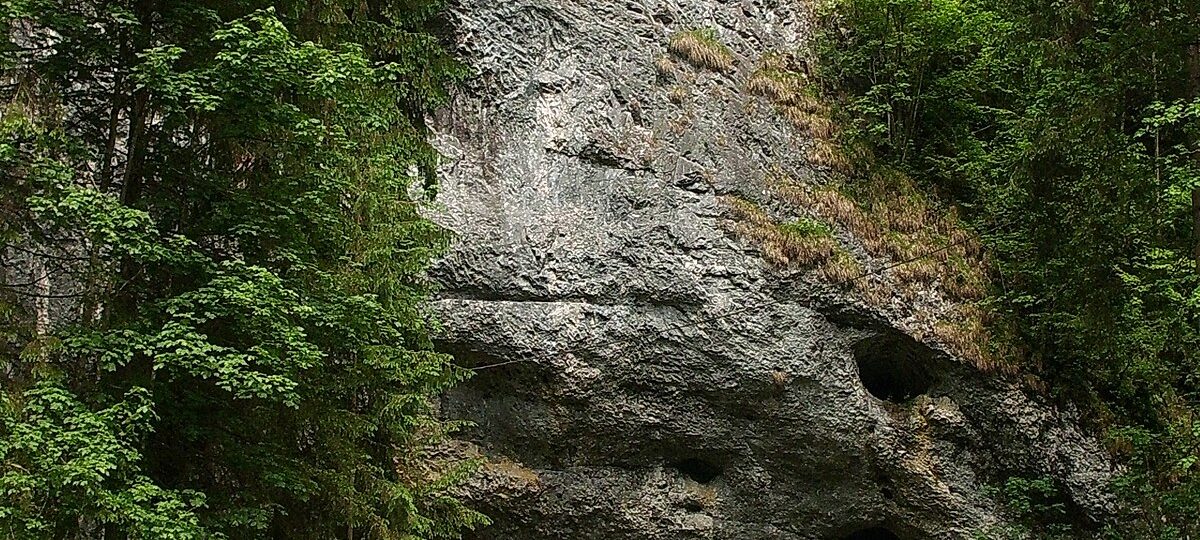Lurgrotte Cave: An Underground Adventure in Austria
The History and Significance
Lurgrotte Cave is a fascinating site with a history that stretches back to the Paleolithic era. Archaeologists have uncovered evidence of ancient habitation, including a reindeer bone with tool markings dated to around 52,000 years ago. The cave was first scientifically explored by Italian cave explorer Max Brunello on April 1, 1894. While locals knew of the higher sections, Brunello discovered the lower portions of the cave.
Tragedy struck later that month when seven cavers were trapped by a flash flood for ten days. Their rescue, approved by Emperor Franz Joseph I, involved a massive effort by workers, miners, and divers. The cave has since been developed for tourism, though flooding remains a challenge, limiting full exploration.
Getting There
Reaching Lurgrotte Cave is straightforward. If you’re coming from Vienna, take a train to Graz, then continue to Peggau or Semriach, depending on which entrance you plan to visit. From there, local buses or a short drive will bring you to the cave. The journey offers scenic views of Austrian villages and landscapes.
Exploring the Cave
Guided tours are available from both the Peggau and Semriach entrances. From Peggau, tours cover about 1 km into the cave, with longer tours available in winter. The Semriach side offers access to approximately 2 km, including the impressive Big Dome, one of Central Europe’s largest underground rooms.
The cave’s geological formations, such as stalactites and stalagmites, are awe-inspiring. Guides provide insights into the cave’s history, geology, and ecosystem. However, be prepared for potentially slippery paths and bring appropriate footwear.
Best Time to Visit
Spring and summer are ideal for visiting Lurgrotte Cave, with mild weather and vibrant surroundings. However, the cave can be busy, so consider visiting on weekdays or early in the morning to avoid crowds. Note that flooding can affect access, so check conditions in advance.
Local Transportation
While the cave is in a rural area, transportation options are available. Trains to Graz followed by local buses or a rental car can get you to the cave. Once there, well-maintained paths guide you through the sections open to visitors.
Summary
- Lurgrotte Cave offers a glimpse into Earth’s history with its ancient formations and archaeological significance.
- Access is convenient from Vienna via train and local transport.
- Guided tours provide educational insights, though flooding limits full exploration.
- Visit during spring or summer, and aim for weekdays to avoid crowds.
- Prepare for slippery paths and check weather conditions before your visit.




